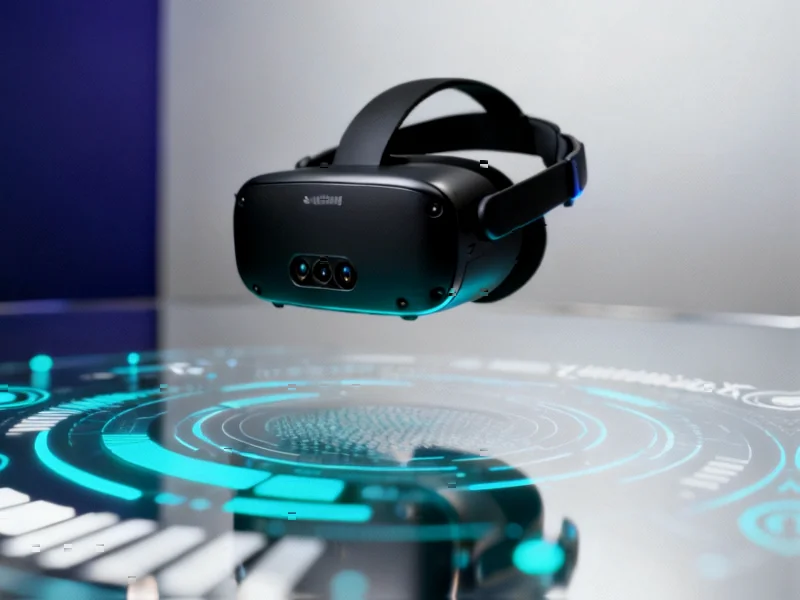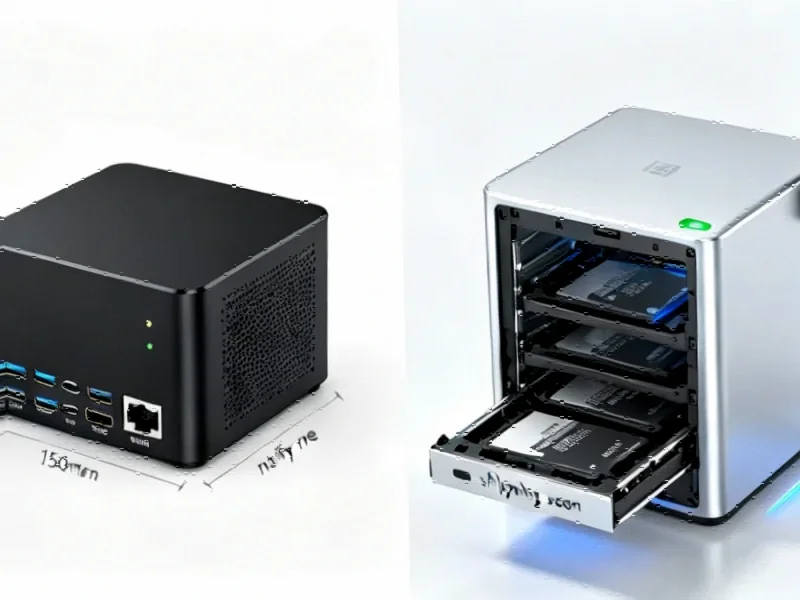According to Android Authority, new leaks confirm that Samsung’s Galaxy S26 Ultra will abandon its boxy design in favor of improved ergonomics, corroborating previous design rumors. The Galaxy S26 series is experiencing significant pre-release upheaval, with Samsung reportedly scrambling to get the Galaxy S26 Plus ready on time after drama surrounding the Galaxy S26 Edge. The company is now expected to hold its Unpacked event in San Francisco on February 25, 2026, though no official announcement has been made. These latest leaks provide insight into the Galaxy S26 Ultra’s display shape as the company works through production challenges. This design evolution suggests Samsung is responding to fundamental user experience concerns.
The Ergonomics Revolution in Premium Smartphones
Samsung’s apparent pivot toward ergonomic comfort represents a significant philosophical shift in premium smartphone design. For years, the industry has prioritized sleek, minimalist aesthetics often at the expense of practical usability. The rectangular slab design that has dominated since the iPhone 4 era creates multiple ergonomic issues – sharp edges dig into palms during extended use, flat surfaces provide poor grip security, and the uniform thickness ignores natural hand contours. By addressing these fundamental comfort concerns, Samsung is acknowledging that premium should mean better to use, not just better to look at. This could trigger a broader industry reevaluation of what constitutes true luxury in smartphone design.
Competitive Implications Across the Smartphone Market
This ergonomic focus creates immediate pressure on competitors, particularly Apple, which has maintained remarkably consistent design language across recent iPhone generations. If Samsung successfully markets comfort as a premium feature, it could force Apple to accelerate its own ergonomic innovations rather than relying on incremental camera and processor upgrades. The timing is particularly strategic given growing consumer fatigue with minimal year-over-year improvements in flagship devices. For Chinese manufacturers like Xiaomi and Oppo, who often follow Samsung’s design cues, this shift could accelerate their own ergonomic research and development cycles. The entire premium segment may soon be competing on comfort metrics alongside traditional specifications.
Behind the Scenes: Production Realities and Market Timing
The reported production delays and model reshuffling reveal deeper challenges in Samsung’s flagship development cycle. Moving from a flat, angular design to a curved, ergonomic one requires significant retooling of manufacturing processes and potentially new materials. The mention of “scrambling to get the Galaxy S26 Plus going on time” suggests Samsung may be stretching its engineering resources thin across multiple form factors. This complexity is compounded by the need to maintain the S26 Ultra’s signature features like the S-Pen while redesigning the physical housing. The February 2026 timeline, if accurate, gives Samsung additional development time but also extends the current S25 series’ market lifespan, creating potential inventory and pricing pressures.
What This Means for Actual Users
For consumers, this ergonomic shift could translate to meaningful daily comfort improvements, especially for power users who spend hours with their devices. Better grip security reduces accidental drops, curved edges eliminate palm pressure points, and improved weight distribution could make one-handed use more practical despite large screen sizes. However, the success of this approach depends on execution – poorly implemented curves can feel slippery, and radical design changes sometimes introduce new usability issues. The true test will be whether Samsung balances ergonomic improvements with practical functionality, particularly for the S-Pen and camera system that define the Ultra experience.
Broader Industry Implications Beyond Samsung
Beyond immediate competitive pressures, Samsung’s ergonomic focus could accelerate several industry trends. Case manufacturers may need to redesign products to complement rather than conceal the new form factors. Accessory ecosystems built around specific device dimensions could face compatibility challenges. More fundamentally, if ergonomic design becomes a key differentiator, we might see renewed investment in materials science and manufacturing techniques optimized for comfort rather than just durability or aesthetics. This could eventually trickle down to mid-range devices, making ergonomic excellence accessible beyond the premium segment and potentially raising baseline consumer expectations for device comfort across all price points.




